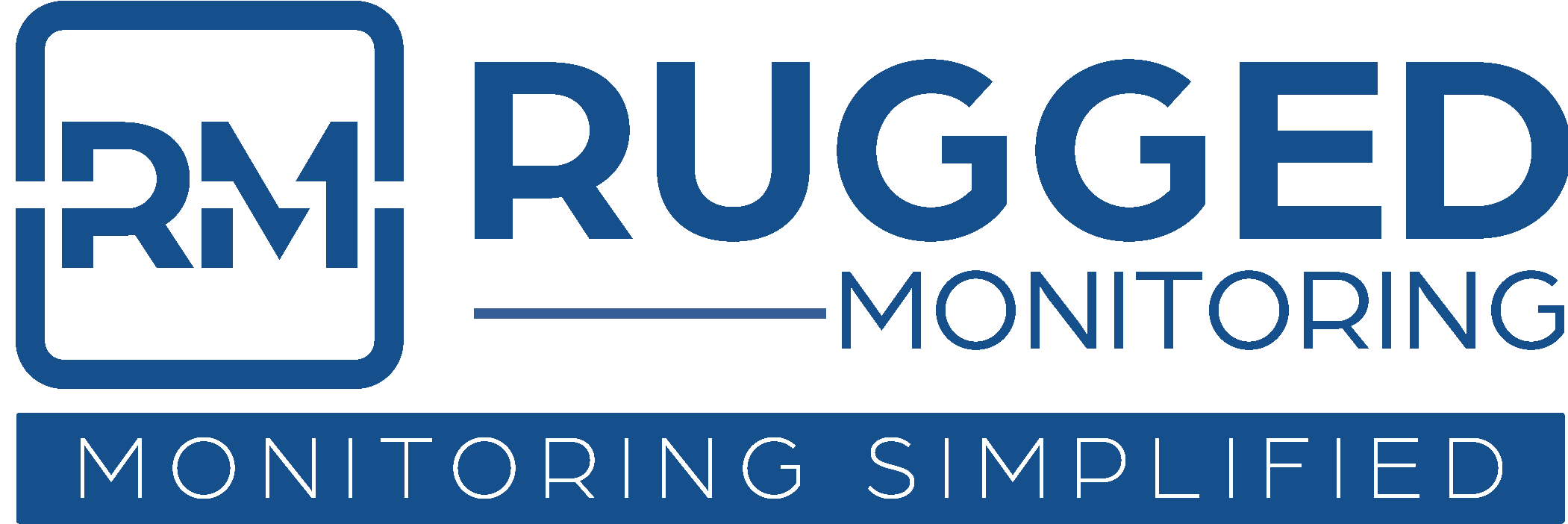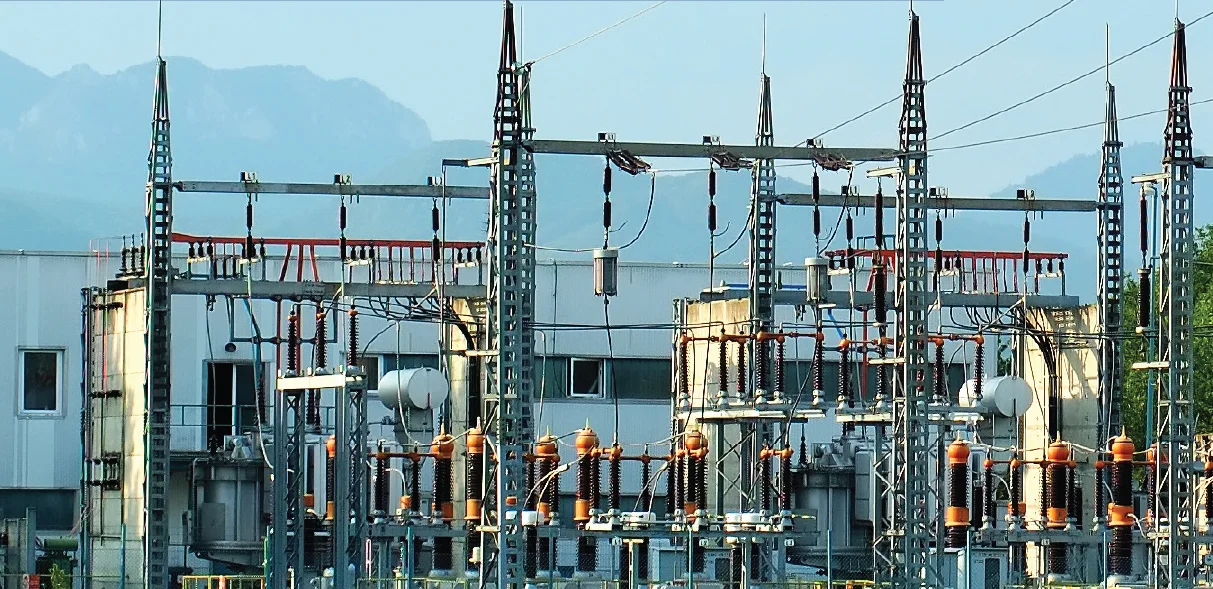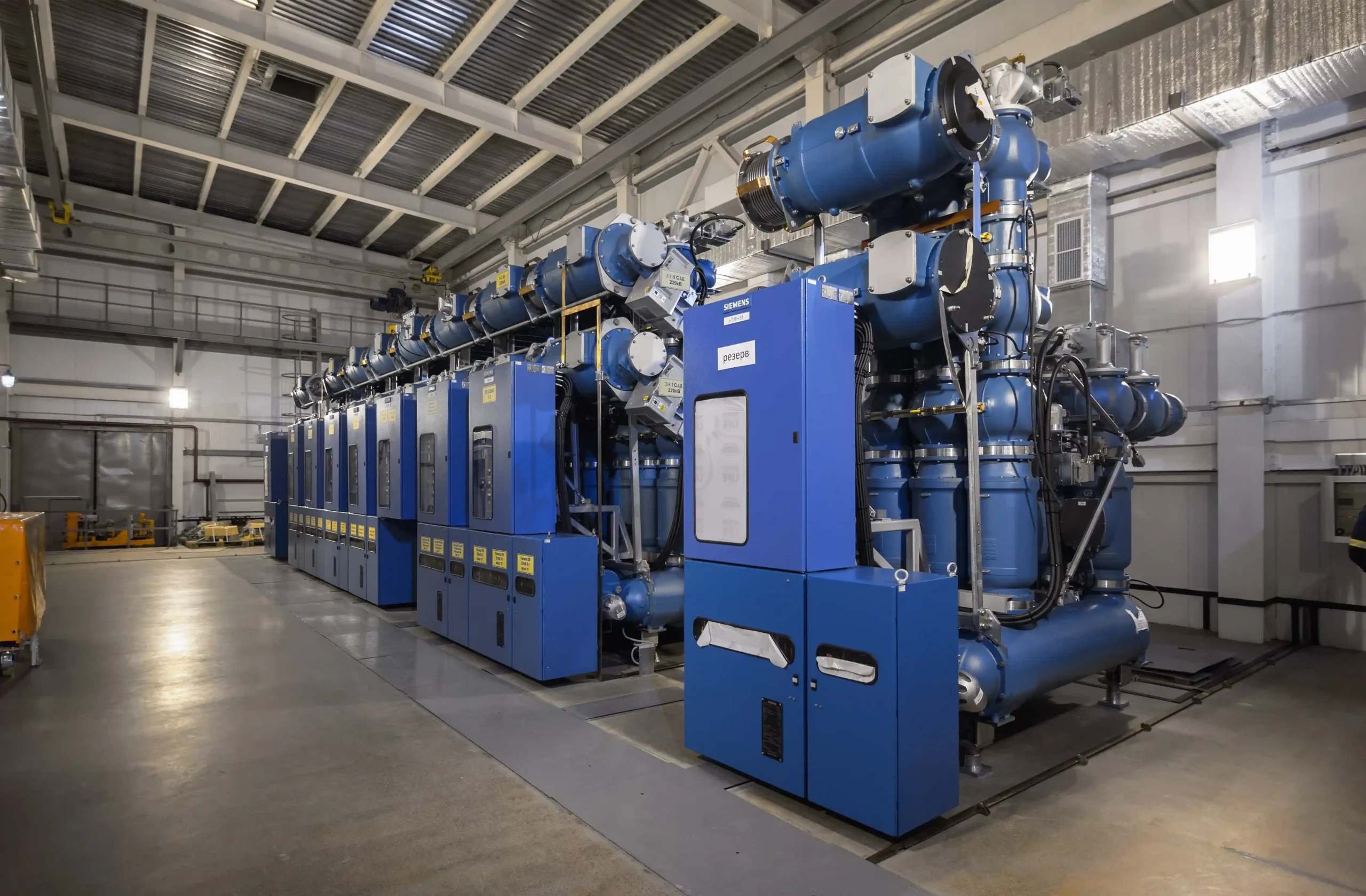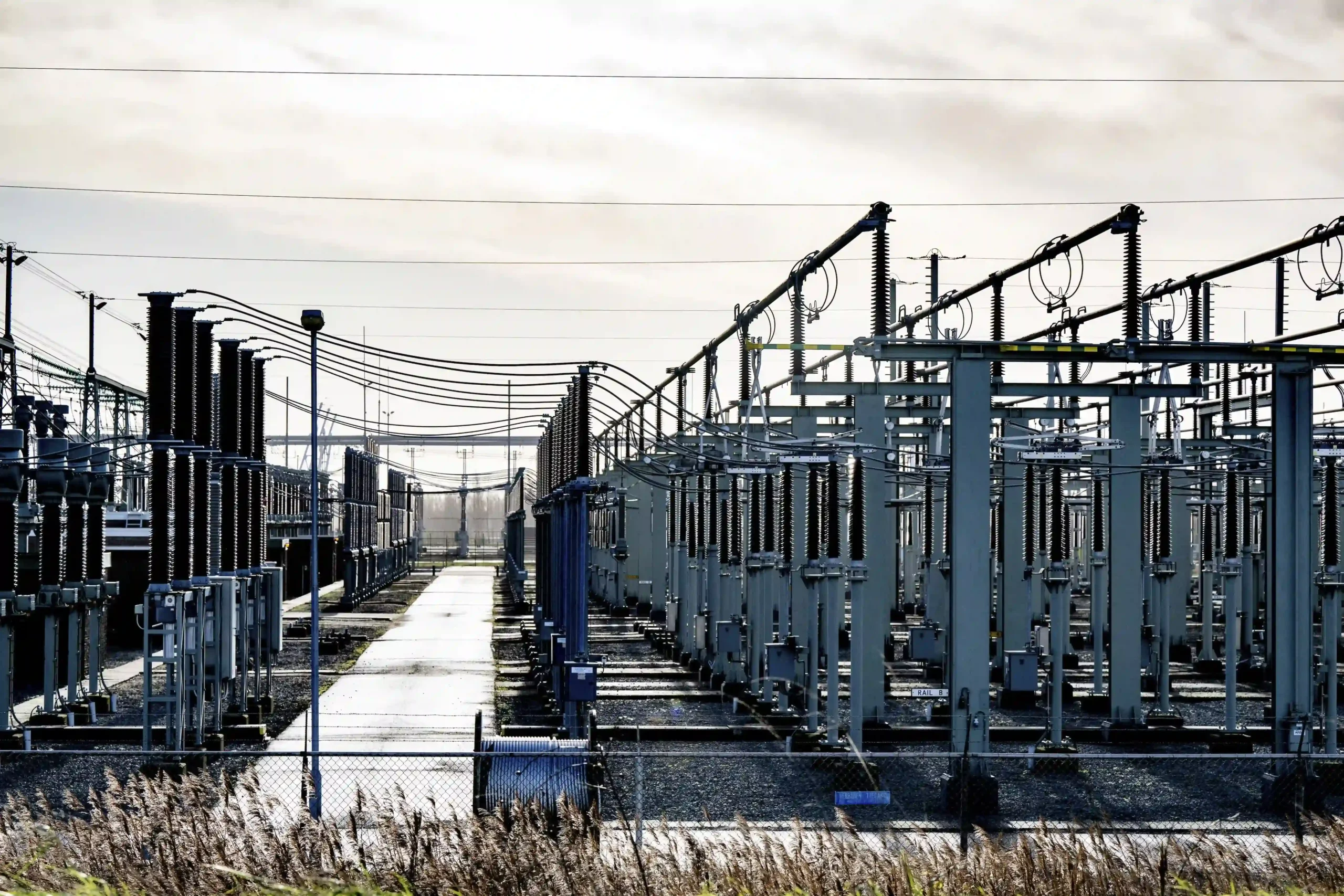The oil and gas industry demands uncompromised reliability from its electrical infrastructure. Any unexpected outages can trigger a chain reaction, halting operations, imposing environmental risks, and significant losses. In our previous blog, we discussed the business imperative of Asset Performance Management (APM) systems in the oil and gas industry and highlighted their necessity. Instead of reacting to failures after they occur, APM in oil and gas industry ensures predictive maintenance and preventive strategies.
With businesses now embracing the shift towards Industry 5.0, this blog will explore five key features of APM that are transforming electrical asset monitoring in the oil and gas industry.
The New-Age Transformation of APM in Oil and Gas Industry
APM in oil and gas digitally connects condition-based monitoring systems with a technology-driven approach. By utilizing advanced analytics, predictive modeling, and integrated data sources, it gives operators complete site-level visibility and control over their electrical infrastructure.
APM’s framework further analyzes risks and delivers actionable data-driven decisions for immediate results. By combining intelligent technologies such as machine learning, artificial intelligence (AI), and digital twins, APM in oil and gas offers a complete solution to prioritize asset maintenance based on real-time data. These extensive monitoring capabilities enable businesses to move beyond proactive diagnostics and adopt a more predictive and actionable approach.
For high-stakes industries like oil and gas, this translates to:
- Improved Safety
- Minimized Operational and Maintenance Costs
- Reduced Environmental Risks
What features of APM in Oil and Gas are the most beneficial?
APM consolidates vast amounts of electrical asset data, both operational and conditional, into actionable insights. This enables them to detect anomalies early, prioritize maintenance based on actual asset health, and align maintenance schedules with production demands.
The following five key features of APM in oil and gas not only address a specific operational challenge but also contribute to creating a more resilient, cost-effective, and future-ready infrastructure.
1. Data-Driven Analytics
Compared to traditional condition-based monitoring, which helps identify issues rather than offering deeper context. APM in oil and gas goes a step further. It analyzes data, correlating it with years of historical patterns, operating conditions, and cross-asset performance trends. This enables experts and engineers to identify asset degradation patterns well before they breach the thresholds.
For example, instead of simply flagging a transformer with overheating, APM pinpoints the root cause of the issue. It provides further data-driven analytics for insulation breakdown, load imbalances, or cooling system inefficiencies, and predicts when the failure might occur.
Benefits for oil and gas:
- Reduced unplanned downtime
- Evidence-based maintenance
2. Real-Time Dashboards
Condition monitoring software offers dashboards that display the real-time status of electrical assets. Although useful, they are inherently reactive. However, with APM in oil and gas industry, operators can integrate real-time IIoT sensor feeds with predictive models.
For example, instead of showing “Transformer is overheating”, APM dashboards will display “Transformer X will reach a critical condition in 14 days if the current load trend continues”.
This shift from proactive monitoring to scenario forecasting is critical in the oil and gas industry, where mobilizing maintenance crews offshore is unsafe, leads to increased lead times, and requires precise planning.
Benefits for oil and gas:
- Faster and more informed responses
- Minimized O&M costs
3. Seamless Integration
In proactive maintenance, monitoring systems often operate in isolation from enterprise-grade tools, such as ERP, CMMS, or safety management systems. This increases the time spent on reconciling the data manually across different systems.
With APM in oil and gas, electrical asset infrastructure can seamlessly work with asset health data, work order systems, supply chain platforms, and even regulatory reporting tools. This ensures a complete operational and maintenance flow across the entire oil and gas business ecosystem, and not just a single module.
For example, if APM predicts an asset failure in the oil and gas industry, the system will automatically trigger a parts requisition, schedule maintenance crew, and align shutdown windows.
Benefits for oil and gas:
- Improves cross-functional collaboration
- Real-time problem resolution
4. Predictive Algorithms
Condition-based monitoring systems typically rely on threshold-based alerts. These might be useful for detecting acute issues, but they don’t quantify likelihood or time to failure.
In contrast, APM uses advanced machine learning and statistical models for predictive maintenance of issues. By analyzing subtle deviations in harmonics, load cycles, or insulation resistance, APM in oil and gas can forecast failure windows with a probability score.
Instead of just providing data on “what’s happening,” APM systems provide analysis on “what will happen and when.”
Benefits for oil and gas:
- Minimize the likelihood of risks
- Improved asset reliability
5. Advanced Planners
In proactive maintenance, planners schedule tasks based on fixed intervals or post-inspection data. This approach may be effective for established wear-and-tear patterns, but it can lead to over-servicing or poorly timed interventions.
However, APM’s advanced planners utilize asset health predictions, operational priorities, and resource availability to create dynamic, condition-based schedules. This, combined with data-driven analytics and intelligent forecasting, enables monitoring to transition from maintenance scheduling to lifecycle optimization.
For example, if an offshore rig’s generator is projected to reach a critical wear in 23 days, APM in oil and gas can align maintenance with the next planned shutdown, ship required parts in advance, and crew availability.
Benefits for oil and gas:
- Maximized asset efficiency
- Improved ROI
By combining data-driven analytics, real-time dashboards, seamless integration, predictive algorithms, and advanced planning, APM in the oil and gas industry empowers operators to achieve peak asset performance while reducing risk and costs.
In an industry where every moment of downtime can result in significant financial losses, adopting a modern APM strategy is necessary.
In the next blog, we will explore the ROI of APM in the oil and gas industry.





